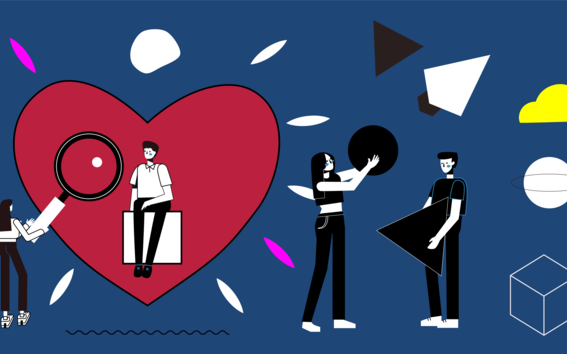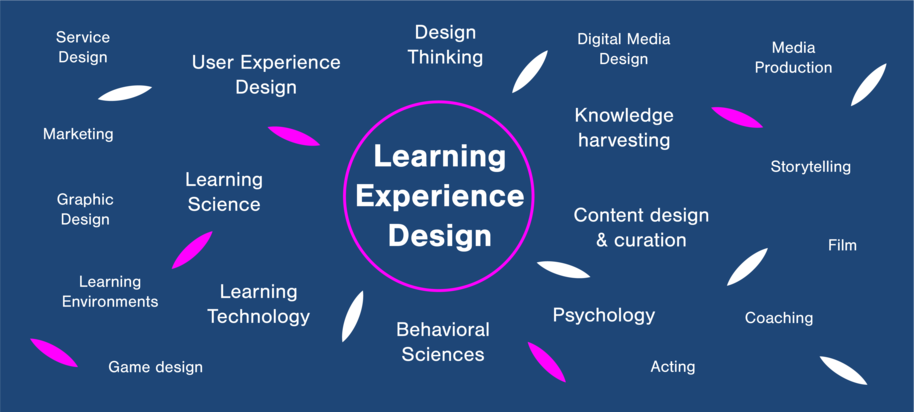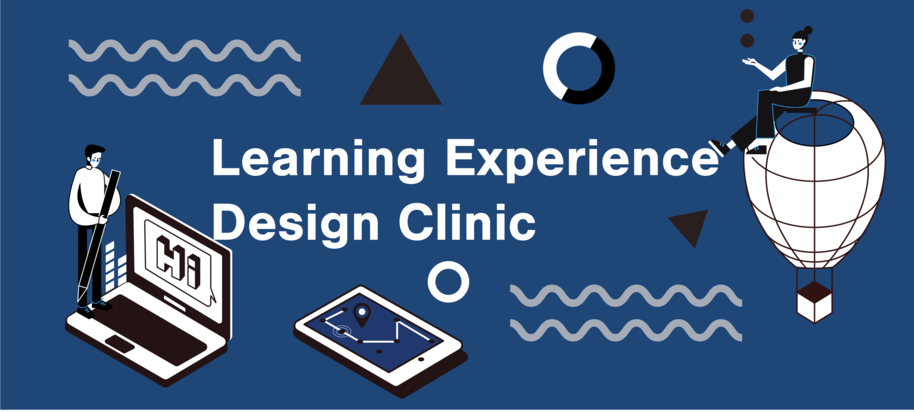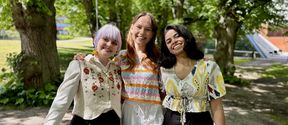About Learning Experience Design and how creating learning experiences elevates your teaching and impacts your students

About Learning Experiences
We have thousands of smaller and bigger learning experiences throughout our lives. While some happen at school, most of them probably happen out in “real life”. Having an experience indicates that we feel strong emotionsin a specific situation, which makes it memorable. If it’s a learning experience, we notice that something in our mind or skill set shifts, we are suddenly able to consider a new perspective, understand a complex concept or grasp something intellectually or emotionally which we weren’t able to before. In any case, we feel changed.
When we learn outside of educational institutions, learning mostly happens without us thinking about it. It’s not our goal to learn, but instead to do or accomplish something. We want to fix that bikes or grasp that theory or philosophy to understand the world better. We want to do or know these things because they are relevant to us right now. And so we pull content and resources which help us in that.
When we are at school however, we often don’t have the immediate need to learn what someone else decides we should know. We learn about “topics” and hope that we’ll remember them one day, which might be never. And that’s exactly where learning experiences can and should come in.
And we don’t mean exams & testing. We have to make it an experience for them which causes them to react emotionally and thus helps them remember (see How people learn by Nick Shackleton-Jones). This makes it more engaging and fun for students. This also makes it more interesting for educators. Now learning happens on all ends.
And that’s where the practice of Learning Experience Design comes in.

What does it take to design learning experiences?
Learning Experience Design is a rather young practice that arose a bit more than a decade ago when design methods were connected to the field of learning. As the name says, it draws from the design practice which is a lot about understanding the people we design for, exploring possibilities and iteratively creating and testing possible solutions until we havea result that works for the people we designed for.
One of the LXD pioneers, Niels Floor, defines that a good learning experience should be positive (appealing, rewarding, enjoyable), personal (social, unique, authentic), and profound (meaningful, challenging, lasting). As you may notice, it might not be an easy thing to do. However, there aretwo key things that will make it possible for you to create meaningful learning experiences.
- To truly and deeply care for your students and where they are coming from
- Your willingness to develop yourself and your capabilities (also collaboration) in order to create high quality learning opportunities
Let’s explore these two points a bit more:
First, at the core of Learning Experience Design lies the desire to create learning opportunities that are truly relevant for the students. This requires an effort to emphasize and deeply understand them. This includes their interests, concerns, needs, their perspectives & context. What is it they want in life? What do they dream about? How can your course help them on their journey, even the slightest bit?
Second, creating opportunities for learning (experiences) requires a wide range of capabilities. These may include (digital) media design & production, storytelling, psychology, marketing, graphic design and more. The list is long because depending on what is supposed to be learned, different capabilities are required to design the learning opportunity. Helping students to learn to debate will require different set-ups than helping students to program or design services. And that’s why educators need to keep learning & developing themselves too (but they also need to be provided with a safe space to do so).

Our Learning Experience Design clinics are here for you
For all of these reasons, Aalto Online Learning has started to offer Learning Experience Design clinics for our pilots. The clinics offer a place for discussions, inspiration and development. The clinics run as a rather free format which provides exchange, guidance and tools & methods as needed. Sometimes we can answer concerns or solve problems on the spot, other times we may refer to services within Aalto University or suggest collaboration.
Learning experiences have already been designed by many Aalto Online Learning pilots, although perhaps without being aware of the practice. Our pilots have impacted countless students at Aalto University by creating blended and online experiences, courses and activities that cater to the students’ interests and the specific challenges they are and will be facing in their work lives. Many Aalto Online Learning pilots have been pioneers in creating memorable learning opportunities for students in and beyond Aalto and we want to continue to provide support for that.
In short:
- Learning Experience Design helps to put your students & their actual learning in the center
- We don’t design learning but we design opportunities to experience something which optimally leads to the learning of that something. It’s about putting your students in the center and creating memorable learning opportunities that fit their context, concerns and maybe even dreams. It’s surely easier said than done, but Learning Experience Design can provide tools and guidance on this journey.
- Learning Experience Design helps you move your teaching to the next level
- You may have done fine without it (especially if you are already a passionate educator), but this practice supports you in moving your teaching forward. It helps you to create actually relevant learning opportunities for your students – online, offline or blended! Students already demand more from their education. Learning Experience Design is about freeing ourselves from traditional forms of education and moving towards more natural, modern and impactful ways of learning and self-development.
- Book a slot at our Learning Experience Design clinic
- For our Aalto Online Learning pilots, we offer Learning Experience Design clinics where we discuss, explore and improve your ideas and concepts, and offer guidance and tools that are relevant for you. The clinic runs weekly on Thursdays & Fridays. You can book your slot here.
Author:
Sara Gottschalk
Learning Experience Designer at Aalto Online Learning
The text was originally published in Aalto Online Learning's blog.
Read more news

Online AI course could boost study equality
Students at the School of Business believe that mastering Artificial Intelligence (AI) can be beneficial for both academic success and career prospects, as AI becomes increasingly integrated into daily life.
2 027 new students admitted to Aalto University’s Finnish, Swedish bachelor’s programmes
13 500 applied to Aalto University in Finland's spring joint application in 2024
Meet the the Program Assistants that elevate the Aalto University Summer School experience for 250 students from all over the world
Each year, the Aalto University Summer School has grown its operations and course curriculum tremendously.